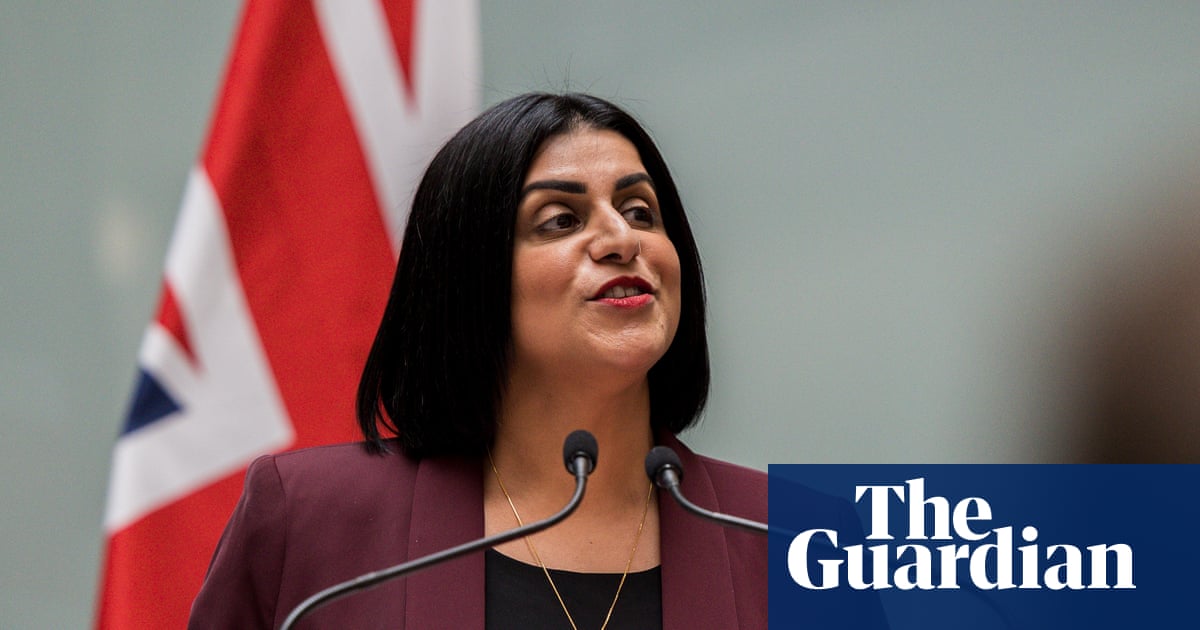When was the last time you had tandoori chicken? Described by the Liverpool Daily Post in 1962 as “roast chicken Indian fashion”, this delicately seasoned, but often luridly coloured, dish was once the mainstay of the British Indian restaurant menu; yet, always greedy for novelty, I can’t remember when I last had the pleasure.
The loss is mine, because it’s one of the very best ways to eat chicken – rich and tender, thanks to its yoghurt marinade, tangy with lemon and perfumed with spice. Vivek Singh argues that “no Punjabi celebration can be complete without tandoori chicken”, while J Inder Singh Kalra went as far as to crown it the “king of kebabs”, a sentiment echoed by Rohit Ghai.
The issue for domestic cooks is, of course, that few of us have the clay oven, or tandoor, from which the dish takes its name. Traditionally used to cook bread, and capable of getting up to astonishingly high temperatures, it’s this that gives tandoori chicken its characteristically smoky flavour. So, assuming you don’t happen to have one handy, what’s the best way to make tandoori-style chicken at home?
The chicken
Tandoori chicken is usually a whole bird cut into pieces and threaded on to skewers, ready to be lowered into the oven – using boneless chicken pieces instead, as newly crowned Fortnum & Mason cookery writer of the year Ravinder Bhogal notes in these very pages, will get “dinner on the table faster” (she suggests using thigh for tikka, which I’d echo, because it stays much juicier).
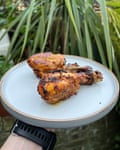
Most recipes specify either a whole bird or an assortment of joints – drumsticks for Nik Sharma, legs and breasts for Madhur Jaffrey – but because they’re for the most part all cut into pieces, you can adapt this to suit your own preference, with the caveat that I wouldn’t recommend using just breast, because it does dry out very easily. A mixture, or legs alone, is a far better bet.
Both Bhogal and Singh spatchcock the whole bird, splaying it out so it cooks more evenly. This looks impressive, but I’ve decided to stick with pieces only, not least because of the risk of overcooking the white meat; this way, it’s easy to whip out the breasts and leave in the legs for a few minutes longer.
Tandoori chicken is almost always skinless – only Ghai and those cooking whole birds (Bhogal and Roopa Gulati) don’t mention removing it – because it gives the marinade better access to the meat. The yoghurty coating will play a similar protective role, insulating the flesh from direct heat, while a couple of deep slashes will bring the marinade, and its flavour, into the centre of the meat.
The marinade
The consensus breaks down when it comes to the marinade. Sharma, Bhogal and Sarah Woods’s lovely book Desi Kitchen all use a single marinade, while Rick Stein’s India, Inder Singh Kalra’s Prashad, Ghai’s Yatra, Keith Floyd’s India, Jaffrey’s Indian Cookery and Gulati’s Curry Lovers employ a two-step process in which the meat is first rubbed with citrus juice or vinegar, salt and sometimes a few aromatics (ginger and garlic paste for Ghai; turmeric, chilli and pepper for Gulati) and left for half an hour or so before the yoghurt mix is added.
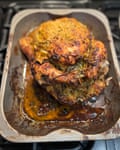
And this extra step seems well worth it, because, the spices aside, lemon (you could use lime or Gulati’s white-wine vinegar instead, if you prefer) and salt seem to me the top notes of every tandoori chicken I can remember eating. Salt is the only molecule that is small enough here realistically to penetrate into the interior, but the rest will season the outside well enough to flavour every bite regardless (most British chicken is young enough that tenderness ought not to be an issue).
The dairy marinade, which contains fat that will dissolve the aromatics in the spices, so they coat the meat thoroughly, will stay largely on the surface of the chicken, as a kind of integral sauce. The thicker the yoghurt, the more easily it will stick, so a greek-style thick one is ideal. You could also add pureed red onion, as Sharma does, or Jaffrey’s yellow onion. Green chillies are also popular, as is chilli powder (whether readymade or ground from dried Kashmiri chillies). Cumin is near ubiquitous; peppercorns, fenugreek and turmeric pop up a lot, as do sweeter spices such as green cardamom and cloves – I particularly enjoy Bhogal’s luxurious cinnamon and saffron, for example.
That said, I want to keep my recipe fairly simple, because my testers and I all enjoy Jaffrey’s tandoori chicken, spiced with fresh green chilli, garam masala and paprika, so much, which proves you don’t need a kaleidoscope of spices to make your own. That’s why I’ve stuck with garam masala (which, in India, usually includes cumin, coriander, cinnamon, cardamom, cloves and peppercorns) plus a little extra cumin, though you may well want to add other spices that take your fancy. (Saffron comes highly recommended, both for its elusive fragrance and the colour it lends.)

Time-wise, and though I hate to disagree with Jaffrey, I don’t think “the longer, the better” applies here. After her recommended 24 hours in the marinade, the surface of the chicken is a little bit mushy, so four to six hours feels like the sweet spot. Possibly chickens were tougher back in 1982?
The colour
The tandoori chicken I grew up on got what Mallika Basu describes in her book Masala as its “characteristic Day-Glo red appearance from a dash of artificial colour, but”, she adds, “Kashmiri chilli powder or paprika is more commonly used at home”. Sharma suggests adding some beetroot, “which does work very well without affecting the taste, though I will admit, I wish it were a deeper shade of red. However, too much beet could also end up sweetening the chicken, which is something I wanted to avoid”.
Stein uses beetroot powder instead, which can be found at specialist spice retailers (I bought some from Spice Mountain at London’s Borough Market, which also sells online), but I think you get just as good a result from Jaffrey’s paprika rub. Alternatively, if it just doesn’t feel like tandoori chicken if it doesn’t glow in the dark, use an artificial colouring; if you don’t worry about eating it in cakes and sweets, it feels illogical to avoid it here (Dan Toombs notes that, contrary to packet instructions, you should rub the colouring directly on to the meat).

The cooking
Jaffrey excitedly reports that, “I have, I think, found a way to make tandoor-style chicken without a tandoor!” which, “as I am sure you all know by now, is a vat-shaped clay oven, heated with charcoal or wood. The heat inside builds up to such an extent that small whole chickens, skewered and thrust into it, cook in about 10 minutes. The fierce heat seals the juices of the bird and keeps it moist … the result is quite spectacular.” Her home solution is an oven heated to its maximum temperature: “The cooking time is not 10 minutes, because home ovens do not get as hot as tandoors. Still, breasts cook in 15 or 20 minutes and legs in 20 to 25 minutes.”
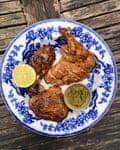
Sharma also uses the oven, though at a mere 200C, then finishes off the drumsticks under the grill. Ghai’s book Yatra uses a hot grill alone (time to switch on that extractor fan), while Singh and Bhogal prefer the barbecue, which is, in my opinion, the ideal scenario for a slightly smoky flavour. If that’s not practical, a very hot oven is the next best thing, though I’d advise you to check on the breasts towards the end of the cooking time, and take them out early, if necessary. Bhogal’s drizzle of ghee, while to some extent gilding the lily, helps to stop the chicken drying out while it rests (she also finishes the dish with a sprinkle of chaat masala).
Honourable mention goes to Gulati’s whole tandoori chicken. Smothered in marinade, stuffed with buttery rice and roasted whole, it’s utterly delicious if you’re looking for a less traditional take on the classic. It’s one that I will certainly make again.
Bhoghal gives recipes for coriander and mint chutney, kachumber salad and garlic naan, all of which work very well with tandoori chicken, as do basmati rice and, indeed, a masala gravy.

Alternatively, you might prefer shredded iceberg, some lemon wedges and a pint of Kingfisher on the side: entirely up to you. (It would be remiss of me not to inform you that any leftovers make excellent sandwiches – or, like Sharma, you might prefer to freeze some of it after two hours of marinating.)
Perfect tandoori chicken (without a tandoor)
Prep 15 min
Marinate 4½-6½ hr
Cook 25 min
Serves 4
6 chicken pieces – 2 bone-in thighs, 2 drumsticks, 2 breasts, all skinless
6 garlic cloves, peeled
1 tbsp grated ginger
1-1½ tsp salt
6 tbsp lemon or lime juice, or white-wine vinegar
1 tsp cumin seeds
2 green chillies
250g thick, greek-style plain yoghurt
4 tsp garam masala
Black pepper
2 tbsp sweet paprika, or 1 tbsp mild chilli powder
2 tbsp ghee or oil
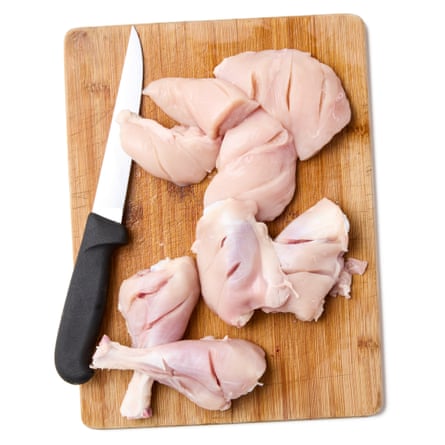
Take the skin off the chicken, if necessary, then cut the legs and breasts into two pieces each, then cut a couple of deep slashes in each piece.
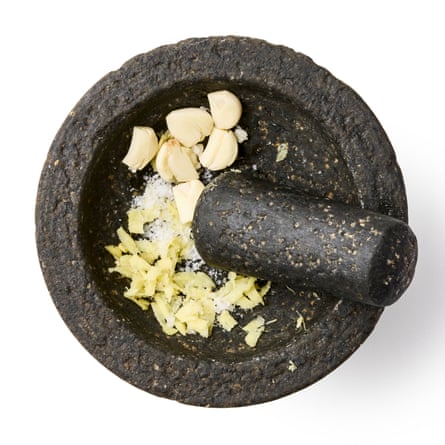
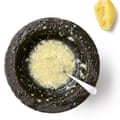
Peel the ginger and garlic, then mash both to a paste with the salt (adjust to your taste) in a mortar or mini chopper, then stir in the lemon juice. Rub this mix all over the chicken, cover and leave for 30 minutes.

Meanwhile, toast the cumin seeds in a dry pan until aromatic, then crush to a powder. Finely chop the chilli and mash to a paste – I add it to the mortar with the cumin. Stir both into the yoghurt, then mix in the garam masala and a good grind of black pepper.
Smear the paprika all over the chicken, followed by the yoghurt, making sure to get this as far into the cuts as possible, then cover and chill for four to six hours. Take the chicken out of the fridge half an hour before you want to start cooking it.
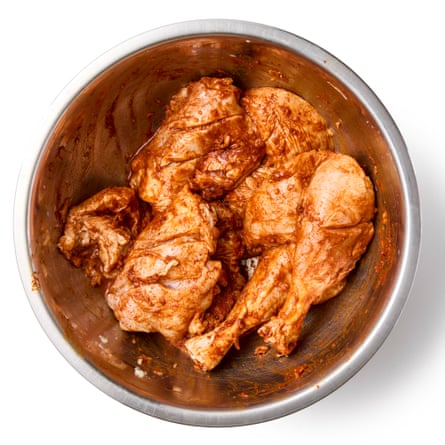
Light the barbecue or heat the oven to 240C (230C fan)/475F/gas 9 (or as high as it will go). Once the barbecue or oven is ready (the barbecue coals should be glowing white hot, and no flames should be visible), grease the barbecue grill or a baking tray with ghee or oil, then lay on the chicken pieces, shaking off any excess marinade back into the bowl.

Grill or roast for 15 minutes, then brush all over with the extra marinade and turn over the chicken pieces. Cook for 10-15 minutes longer, or until cooked through and beginning to char; check on the breasts after 10 minutes, just to be on the safe side.
Take off the grill/out of the oven, brush all over with the remaining ghee, if using, and leave to rest for 10-15 minutes before serving.
-
Tandoori chicken – is it indeed the king of kebabs (even if you don’t use a skewer), and is there any point in making it without the eponymous clay oven? If not, where do you go for the real deal?
-
Felicity Cloake’s new book, Peach Street to Lobster Lane: Coast to Coast in Search of Real American Cuisine, is published by HarperCollins at £16.99. To order a copy for £15.29 go to guardianbookshop.com

 3 months ago
247
3 months ago
247

















